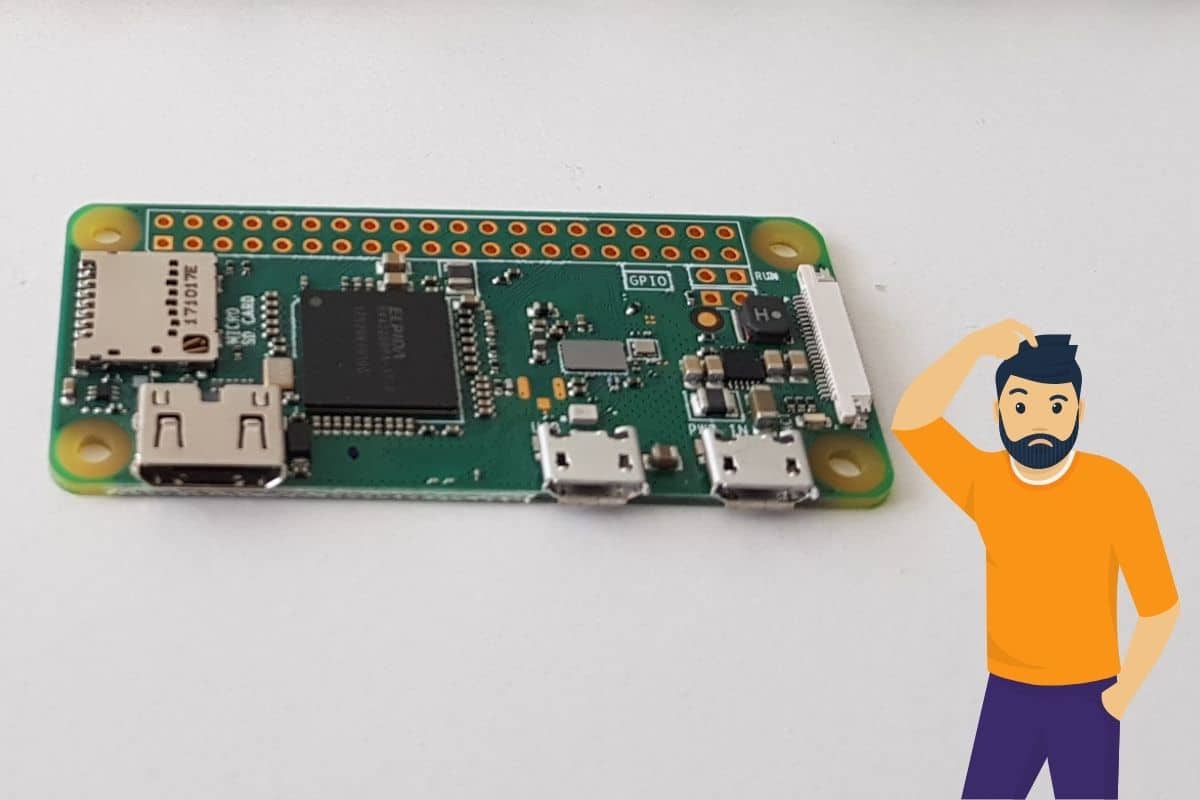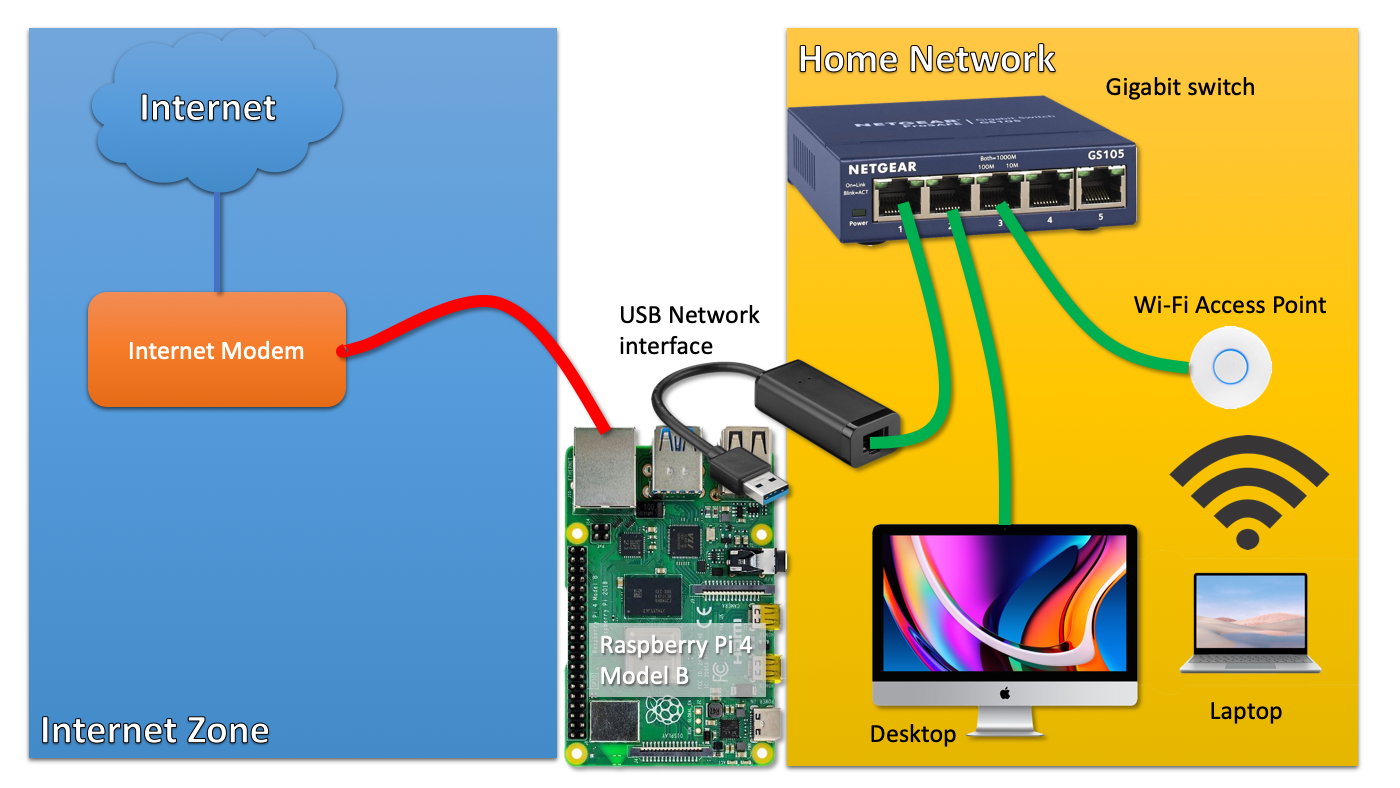Raspberry Pi P2P Network Setup: Your Easy Guide [Year]
Ever dreamt of building your own clandestine network, independent of the internet's watchful gaze? Unlocking peer-to-peer (P2P) networking on a Raspberry Pi might be the key to realizing that vision, offering a fascinating realm of decentralized communication and file sharing. This exploration delves into the intricacies of establishing a P2P network using a Raspberry Pi, navigating the technical challenges, and understanding the potential applications.
The quest often begins with a frustrating search: "Raspberry Pi P2P network setup." Search engines, in their algorithmic wisdom, may return empty-handed, suggesting misspellings or alternative queries. However, the lack of readily available, comprehensive guides shouldn't deter the determined tinkerer. The core lies in understanding the underlying principles of P2P networking and adapting existing wireless configuration tools to achieve the desired result. One crucial aspect involves configuring the Wi-Fi Direct capabilities of the Raspberry Pi, allowing it to act as both a client and an access point without relying on a traditional router.
| Information | |
|---|---|
| Topic | Raspberry Pi P2P Network Setup |
| Key Concepts | Wi-Fi Direct, Peer-to-Peer Networking, Raspberry Pi Configuration, Wireless Communication, File Sharing |
| Related Technologies | Linux Networking, Command Line Interface, Wireless Drivers, Security Protocols |
| Potential Applications | Offline File Sharing, Ad-hoc Networks, Mesh Networks, Local Communication Systems |
| Challenges | Configuration Complexity, Security Considerations, Limited Resources, Compatibility Issues |
| External Resources | Raspberry Pi Official Website |
A critical command to understand is related to configuring the device discovery method within the P2P framework. The instruction "set config_methods virtual_push_button" or "set config_methods keypad" dictates how the Raspberry Pi announces its presence to other devices seeking to join the P2P network. These methods essentially simulate a physical button press or keypad entry, signaling the availability of the Raspberry Pi for connection. Before modifying the configuration method, it's imperative to issue the "p2p_stop_find" command to halt any ongoing discovery processes. Failing to do so can lead to unpredictable behavior and configuration conflicts.
- Erome Watch Share Erotic Pics Videos Updated 2024
- Job Mccullys Journey From Extreme Home Makeover To Today
It's also important to acknowledge that clients within the network might cache the announced configuration method for a period. This caching mechanism, while intended to improve connection speeds, can sometimes lead to difficulties when attempting to change the discovery process. Therefore, patience and a thorough understanding of the caching behavior are necessary when troubleshooting connection issues. The age of the query, "How to setup p2p in raspberry pi," asked 11 years and 5 months ago (from some unspecified date), highlights the enduring interest in this topic and the relative scarcity of comprehensive, up-to-date documentation. The desire to "utilize network for p2p file sharing on android platform" further underscores the broader appeal of P2P networking across different platforms and operating systems.
Delving deeper into the technical aspects, one encounters the need to directly interact with the Raspberry Pi's command-line interface (CLI). This involves configuring the `wpa_supplicant` file, a configuration file responsible for managing wireless connections. By manually editing this file, one can define the parameters of the P2P network, including the network name (SSID), passphrase, and operating mode. The process requires a certain level of familiarity with Linux networking concepts and a willingness to experiment with different configuration settings.
Security is, of course, a paramount concern when setting up any network, including a P2P network on a Raspberry Pi. It's crucial to implement strong encryption protocols, such as WPA2 or WPA3, to protect the data transmitted between devices. Additionally, it's advisable to restrict access to the P2P network to only trusted devices, preventing unauthorized access and potential security breaches. Consider employing techniques like MAC address filtering or client authentication to enhance the security posture of the network. Furthermore, regularly updating the Raspberry Pi's operating system and software packages is essential to patch any known vulnerabilities and maintain a secure environment.
- Sam Milby From Pbb Star To Health Journey Relationships
- The Ultimate Guide To Luxury Rv Mattresses Expert Picks
Beyond file sharing, P2P networks on Raspberry Pi can be utilized for various innovative applications. One compelling use case is the creation of ad-hoc networks in situations where a traditional internet connection is unavailable. Imagine a group of researchers in a remote location needing to share data collected from their field studies. A P2P network established using Raspberry Pis could provide a seamless and secure communication channel, enabling them to collaborate effectively without relying on external infrastructure.
Another intriguing application is the development of mesh networks. In a mesh network, each device acts as a relay point, forwarding data packets between other devices. This creates a robust and resilient network that can withstand failures in individual nodes. Raspberry Pis, with their low power consumption and wireless capabilities, are well-suited for building mesh networks in various environments, such as disaster relief scenarios or rural communities with limited internet access. These networks can provide critical communication infrastructure, enabling residents to stay connected and informed during emergencies.
The challenge of finding specific results related to "Raspberry Pi P2P network setup," as indicated by the repeated "We did not find results for:" messages, highlights the need for more comprehensive and accessible documentation on this topic. While various online forums and tutorials offer snippets of information, a centralized and authoritative resource would greatly benefit individuals seeking to establish P2P networks on their Raspberry Pis. Addressing this gap in knowledge could unlock the full potential of P2P networking on this versatile platform, fostering innovation and enabling new forms of decentralized communication.
Consider, for example, the application of P2P networking in educational settings. Students could collaborate on projects and share resources without relying on a centralized server or internet connection. This would not only reduce reliance on external infrastructure but also promote a more collaborative and decentralized learning environment. The Raspberry Pi, with its affordability and ease of use, makes it an ideal platform for implementing such initiatives.
Furthermore, P2P networks can be used to create local communication systems within organizations. Imagine a business needing to share confidential documents between employees without relying on an external cloud service. A P2P network established using Raspberry Pis could provide a secure and private communication channel, ensuring that sensitive data remains within the organization's control. This would not only enhance security but also reduce reliance on external service providers.
However, it's important to acknowledge the limitations of P2P networks on Raspberry Pi. The processing power and memory capacity of the Raspberry Pi are relatively limited compared to dedicated servers or high-performance computers. This can affect the performance of the P2P network, especially when dealing with large files or a large number of concurrent users. Additionally, the wireless range of the Raspberry Pi's built-in Wi-Fi adapter can be a limiting factor in some scenarios. Consider using external Wi-Fi adapters with higher gain antennas to extend the range of the network.
Another challenge is the complexity of configuring and managing P2P networks. While the Raspberry Pi offers a flexible and customizable platform, setting up a P2P network requires a certain level of technical expertise. Users need to be comfortable working with the command-line interface, editing configuration files, and troubleshooting network issues. Providing more user-friendly tools and interfaces could greatly simplify the process and make P2P networking more accessible to a wider audience.
Despite these challenges, the potential benefits of P2P networking on Raspberry Pi are undeniable. From enabling offline file sharing to creating resilient mesh networks, P2P technology offers a powerful alternative to traditional centralized communication models. By fostering innovation and collaboration, P2P networking can empower individuals and organizations to build more decentralized and secure communication systems. As the demand for P2P technology continues to grow, the Raspberry Pi is well-positioned to play a key role in shaping the future of decentralized communication.
The Android platform's capability to utilize a network for P2P file sharing touches upon a related but distinct area. While the Raspberry Pi focuses on creating the network infrastructure, the Android device represents an end-user application leveraging that infrastructure. Exploring how Android devices interact with and participate in P2P networks established by Raspberry Pis opens up exciting possibilities for mobile-centric decentralized applications.
The repeated absence of search results for "Raspberry Pi P2P network setup" underscores a critical point: while the building blocks exist, a readily digestible, comprehensive guide remains elusive. The scattered pieces of information, the command-line configurations, and the nuanced understanding of wireless protocols necessitate a more cohesive and user-friendly approach to unlocking the power of P2P networking on the Raspberry Pi. This highlights an opportunity for the tech community to contribute to a growing area of interest, potentially shaping the future of decentralized communication and file sharing.
- Elie Honigs Eye Injury What Happened His Recovery Journey
- Fry99 Korean Fried Chicken Legit Site Deals More

Mastering Raspberry Pi P2P Network Setup A Comprehensive Guide

Mastering Raspberry Pi P2P Network Setup A Comprehensive Guide

Louwrentius